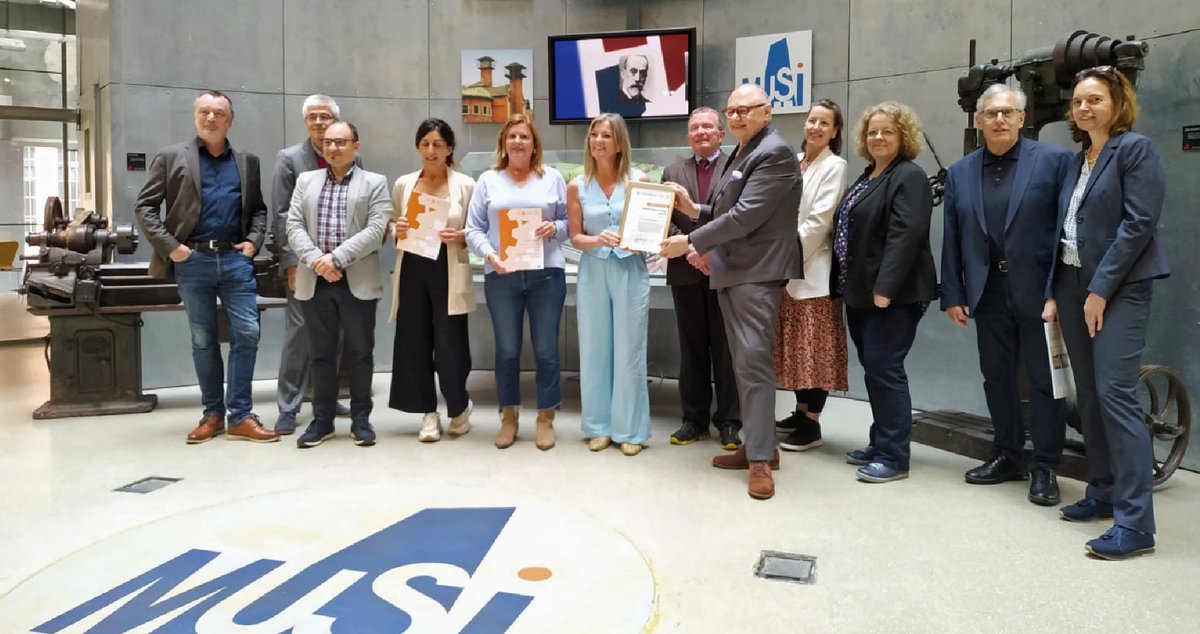
61st ERIH Board Meeting, Asturias: Reinforcing the region's industrial heritage
Asturian coal was the engine of the Spanish economy around the middle of the 20th century. Today, structural change has changed the face of the region. The ERIH Asturias Regional Route connects the remains of the old industrial sites and makes them accessible to visitors. As one of three regional routes in the country, it contributes strongly to the growth of the Spanish ERIH network. To promote this potential and the accompanying activities of the ERIH National Representative for Spain, Javier Puertas, the Board held its 61st meeting in Asturias.
The usual online board meetings cannot provide this kind of support. In Asturias, talks were held with the Deputy Minister of Tourism Graciela Blanco Rodríguez, Cristina Álvarez, Solis Head of the Tourism Department and Langreos´ Mayor Carmen Arbesú, as well as representatives of various ERIH sites. Here, the board was able to convince itself of the attractiveness of the locations on site, but also to get to know the challenges in tourism marketing. ERIH is happy to support the teams of the various industrial monuments and museums in their work and helps to increase public interest in industrial heritage.
Visits to a number of member sites were also part of the agenda. These include the Asturian Museum of the Steel Industry in Langreo, the Samuño Valley Mining Ecomuseum in Ciaño and, of course, the two Anchor Points of the Regional Route, the Asturian Railway Museum in Gijón and the Sotón Mine in San Martín del Rey. The latter welcomes visitors with an exciting tour leading to 556 metres below ground – in full mining gear with alternate underwear, overall, helmet, lamp and breathing device.
The ERIH Board met on 27 and 28 April in the mornings of each day, and the supporting programme of site visits and discussions with politicians extended over three days and ended on 29 April.
Asturias Regional Route

